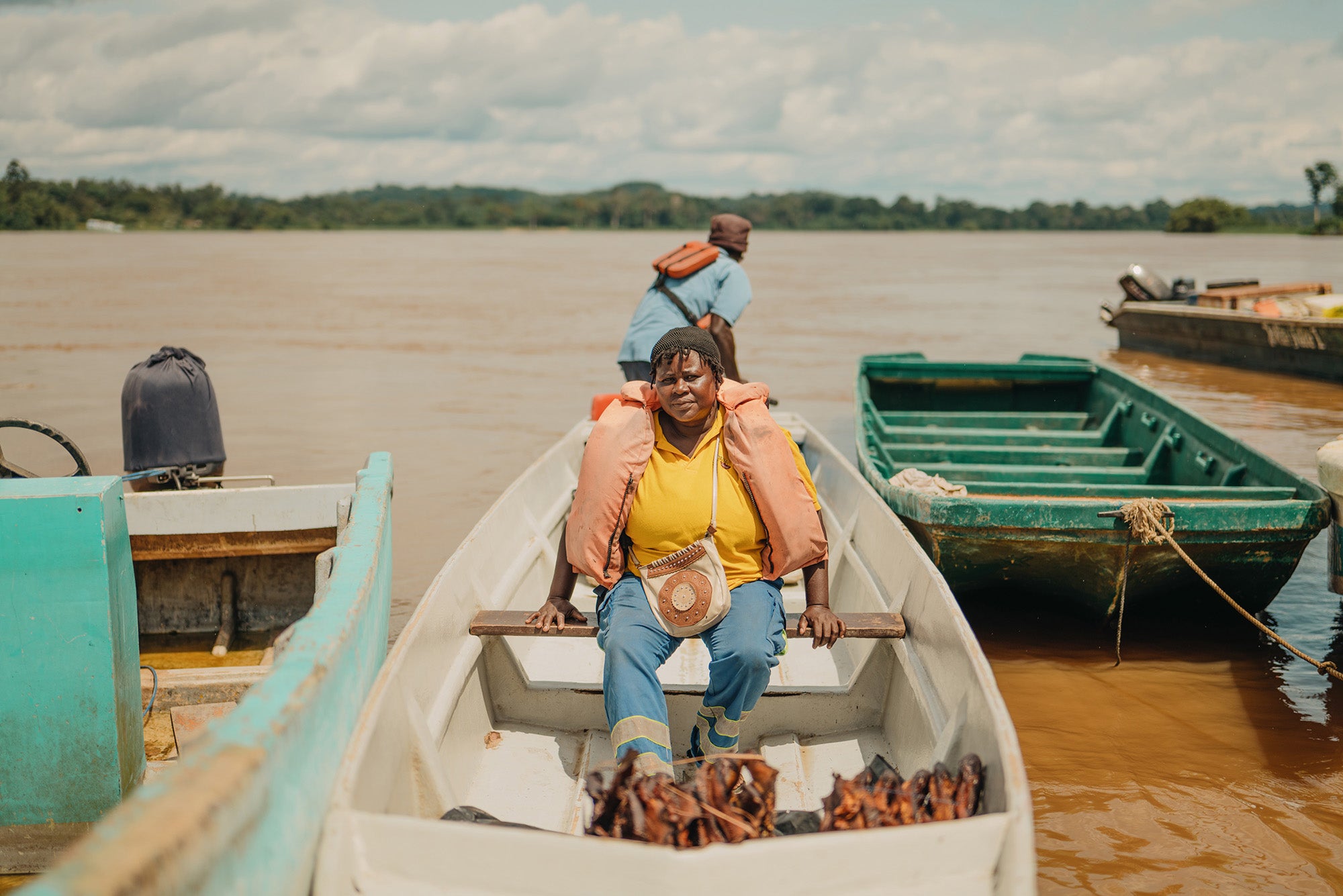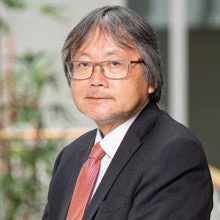 Partnerships can increase capital flows to developing and middle-income countries and strengthen development impact amid overlapping crises. (Photo: Olivier Girard/World Bank)
Partnerships can increase capital flows to developing and middle-income countries and strengthen development impact amid overlapping crises. (Photo: Olivier Girard/World Bank)
As the confluence of war, hunger, economic turmoil, a global pandemic, and climate change pose a dire threat to global development, the World Bank is stepping up its support for countries in need. Yet no single organization can tackle today’s challenges on its own. The sheer scale of overlapping crises requires strengthened and reimagined partnerships to deliver impact and meaningful change.
In this context, the World Bank intends to mobilize more co-financing for development. Simply put, co-financing is a way to foster strategic alignment around global priorities and increase capital flows to developing and middle-income countries in line with national development strategies. In a co-financing arrangement with the World Bank, financing from the International Development Association (IDA) or the International Bank for Reconstruction and Development (IBRD)—which together make up the World Bank – are provided to a client country together with financing from development partners to finance one project using a single set of rules. Co-financed projects, when well executed, reduce the fragmentation of aid, lower transaction costs, reduce the administrative burden on client governments, and help crowd in concessional financing. Such an approach benefits countries, financing partners, and their stakeholders.
Historically, the World Bank’s co-financing initiatives have brought together multilateral development banks, bilateral financing agencies, and other development partners to support investment in infrastructure, education, health, and a wide range of other development commitments.
Significant opportunities to increase co-financing
However, there remains significant room to increase the scope of co-financing in development. World Bank co-financing peaked in 1993, averaging about 40 percent of overall commitments during the 1990s. However, over the past decade, co-financing totaled about $38 billion—amounting only to about 10 percent of the World Bank’s overall financing.
Co-financed projects increase the scope of development impact. Since 2014, multilateral development banks have provided $21 billion in co-financing alongside $25.3 billion of World Bank financing. Since 2018, the World Bank has signed co-financing framework agreements with several key partners to generate efficiencies and maximize development impact; for example, in 2019, the World Bank and the Global Fund signed such an agreement to accelerate efforts by countries to end HIV, tuberculosis, and malaria—and build sustainable health systems. In Nepal, beginning in 2018, nine financing partners supported a successful five-year program to enhance quality, equitable access, and efficiency in the country’s basic and secondary education systems.
Maximizing impact and value for money
Multiple development partners working in concert can increase the likelihood that a project will be successfully implemented at scale over a sustained period. Moreover, well-coordinated operations that are aligned with national priorities can address larger issues that cut across sectors and require a range of interventions.
In response to the global COVID-19 pandemic, partners came together to provide $2.1 billion in co-financing to World Bank operations in FY20-22. The bulk of those resources would not otherwise have been available—or may have been provided in a fragmented manner. And the results were tangible. A co-financed project in Indonesia, focusing on the COVID-19 response, helped the country to improve its health services, resulting in coronavirus vaccines reaching 75 percent of the population, the recovery of maternal healthcare and other essential services, and the expansion of critical care facilities.
Co-financing as a key component of World Bank’s Evolution Roadmap
In response to the demands of the global community for a bold, coordinated response to the polycrisis, the World Bank is planning an ambitious approach to scale up its work. The Bank has made co-financing a key component of its Evolution Roadmap, recognizing its ability to maximize development impact, streamline funding, and address complex cross-sectoral issues.
The Evolution Roadmap provides an opportunity to better align concessional financing with country needs. This is particularly true for countries facing debt distress. Some co-financing organizations can provide grant funding or guarantees on more concessional terms, which can be mobilized by the Bank through co-financing to achieve the Evolution objectives.
Co-financing partnerships can also build on the convening power of the World Bank to strengthen existing relationships and build new ones. And such partnerships present new opportunities to help countries meet one of the world’s most pressing challenges: climate change.
The World Bank is considering several ways to expand such co-financing partnerships. These include reducing cost recovery fees and establishing a co-financing platform.
Meeting the global challenge cannot be done in isolation; we need to work together, maximizing every resource available, to create a world free of poverty on a livable planet. Co-financing will play an important role in the development toolbox. The World Bank is committed to working with its partners to address the crises we face today—and to build for tomorrow.
Related Links
- About Co-financing
- World Bank Evolution Roadmap paper (September 2023)


Join the Conversation